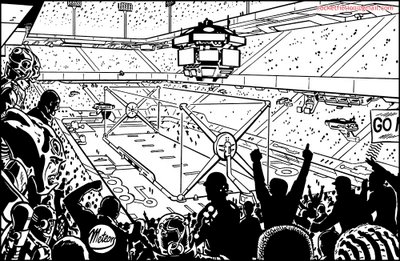Please Come and See me in my NEW HOME!
...As has been evident to any readers who still visit here, I decided to stop posting here, and instead I've created a new, comprehensive site, for blogging and galleries and so on.
I hope to post some new"Scientific Artist" type material there, too.
So, please adjust your bookmarks, and come over and visit me HERE!
I hope to post some new"Scientific Artist" type material there, too.
So, please adjust your bookmarks, and come over and visit me HERE!



